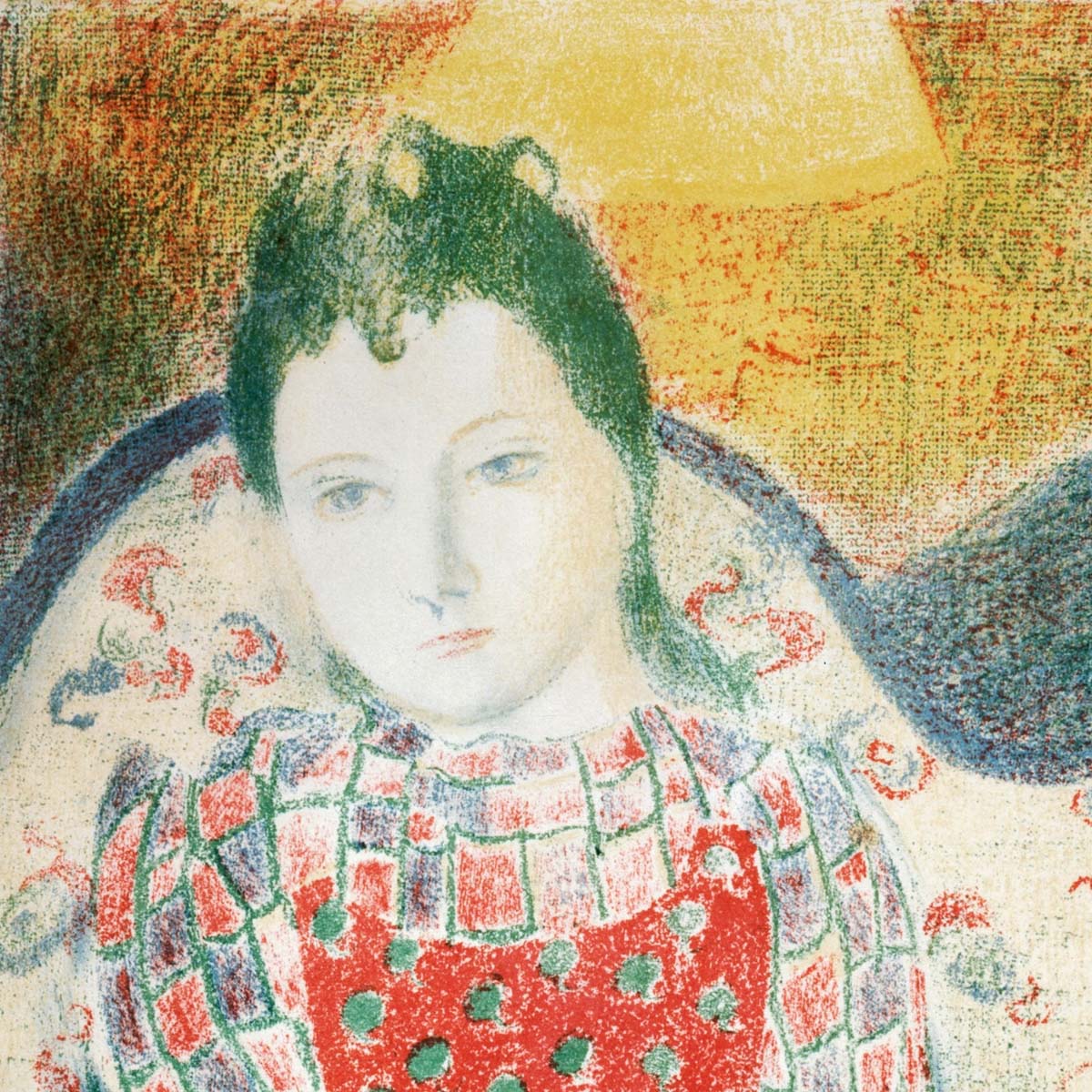
Shorts: The Yellow Wallpaper
Charlotte Perkins Gilman
Year
1892
1883
1846
Description
Charlotte Perkins Gilman's 'The Yellow Wallpaper' is a powerful and unsettling short story that delves into themes of mental health, gender roles, and the suffocating effects of societal norms. First published in 1892, this tale is presented as a series of journal entries written by a woman who is confined to an upstairs room for a 'rest cure' prescribed by her husband, who is also her doctor. As the story progresses, the narrator becomes increasingly obsessed with the disturbing pattern of the yellow wallpaper in her room. Her fixation soon morphs into a haunting psychological ordeal, where the lines between reality and hallucination blur. The wallpaper becomes a symbol of the constraints placed on women in the 19th century, reflecting the narrator's descent into madness under the oppressive forces of her husband's control and the broader patriarchal society. Gilman's writing is both vivid and profoundly unsettling, effectively conveying the narrator's growing unease and distorted perception of her surroundings. 'The Yellow Wallpaper' is widely regarded as an important early work of American feminist literature, highlighting the dire consequences of denying women autonomy and dismissing their mental health concerns. This story not only offers a gripping psychological journey but also serves as a critical commentary on the treatment and perception of women's health in the late 19th century.
